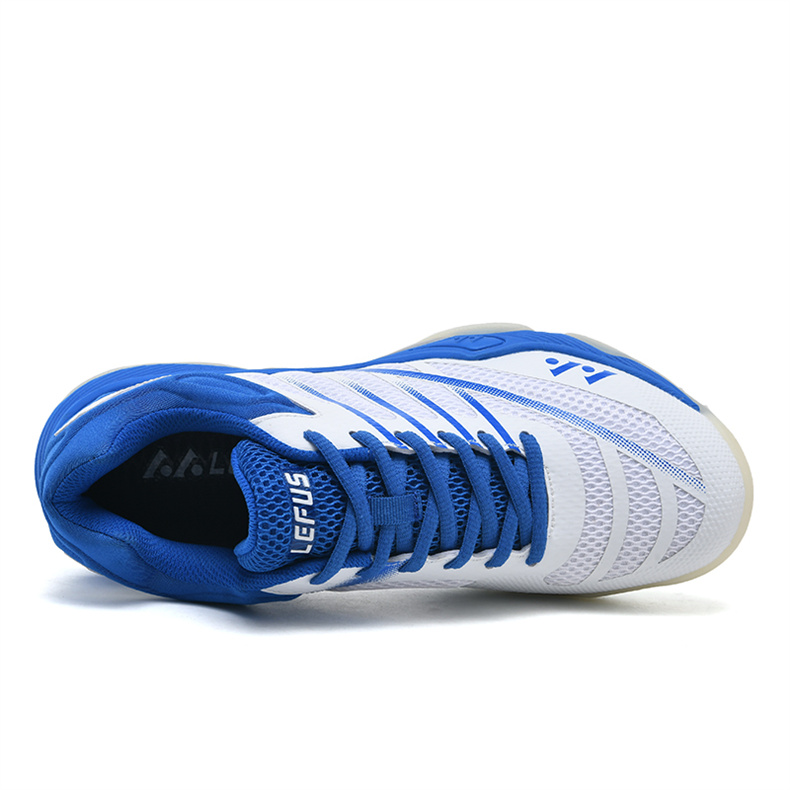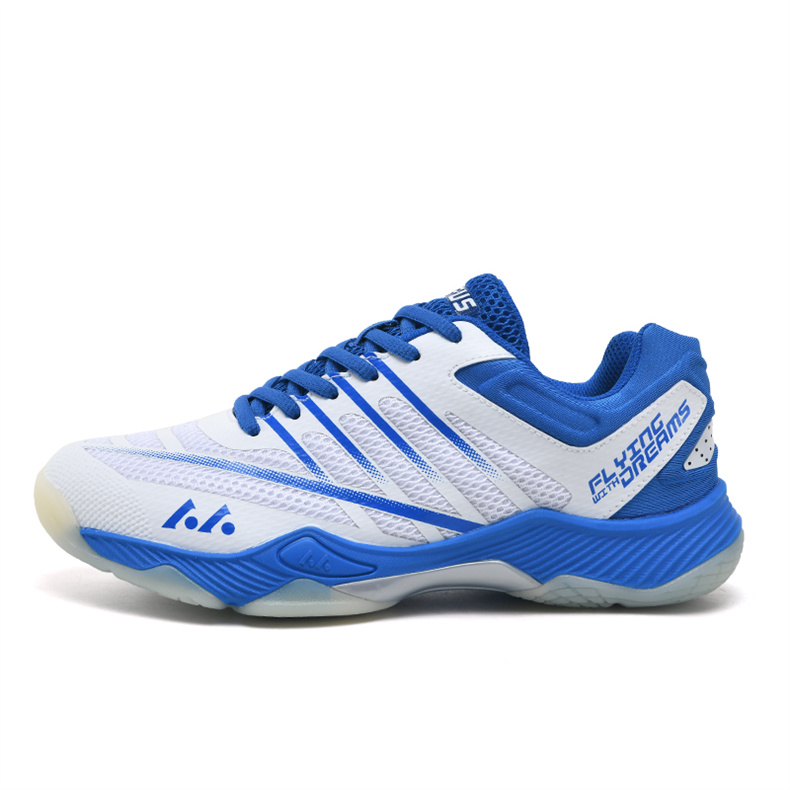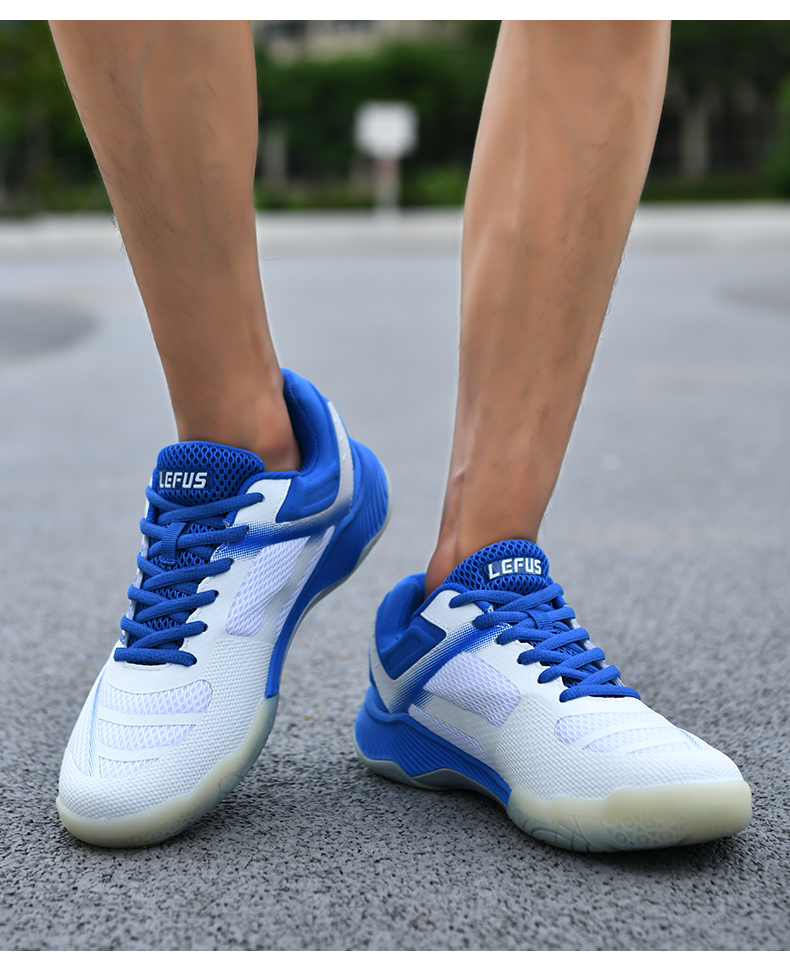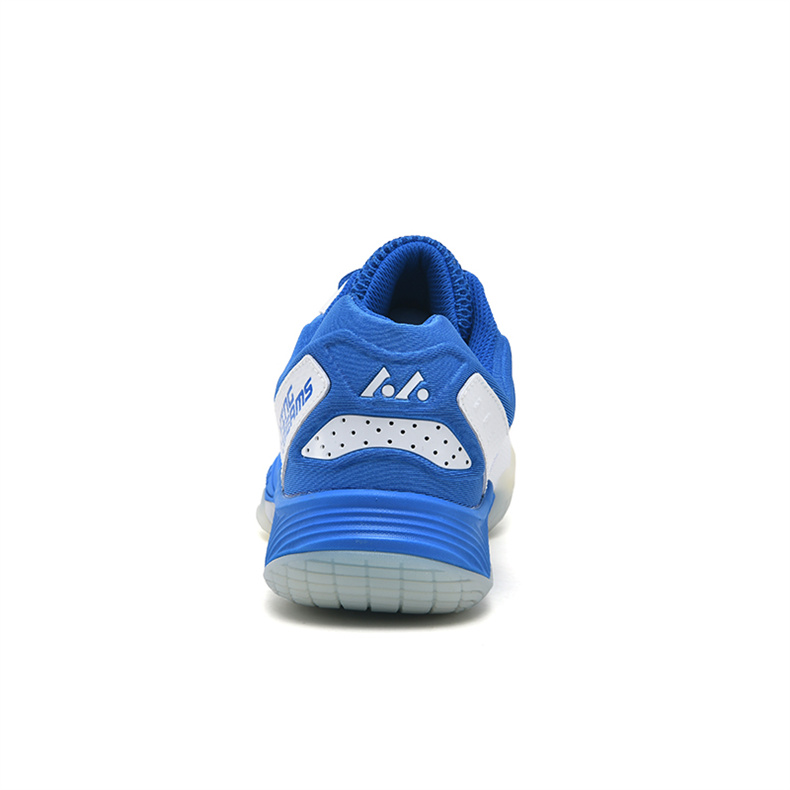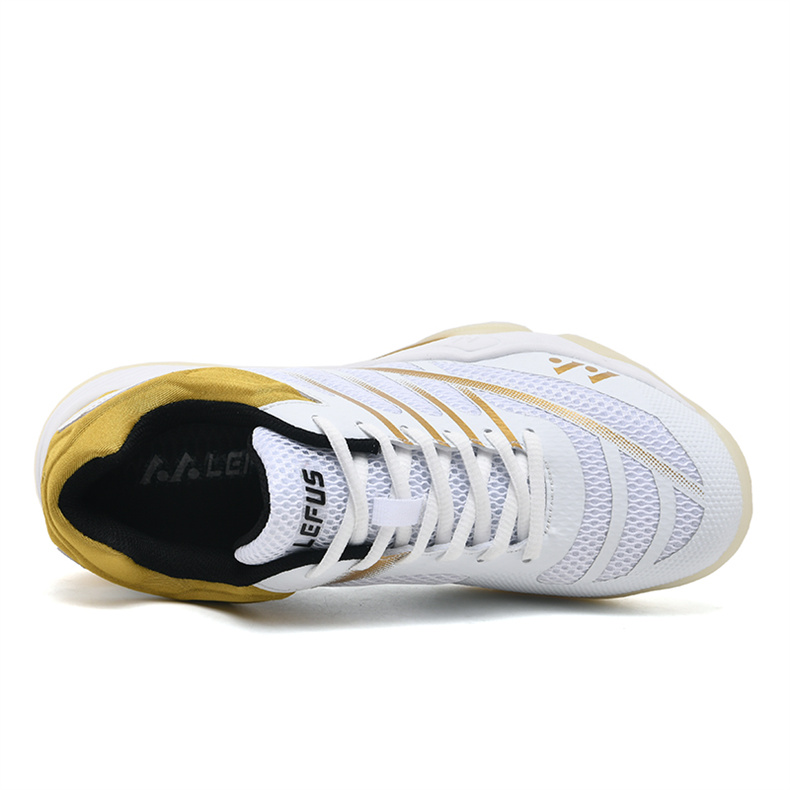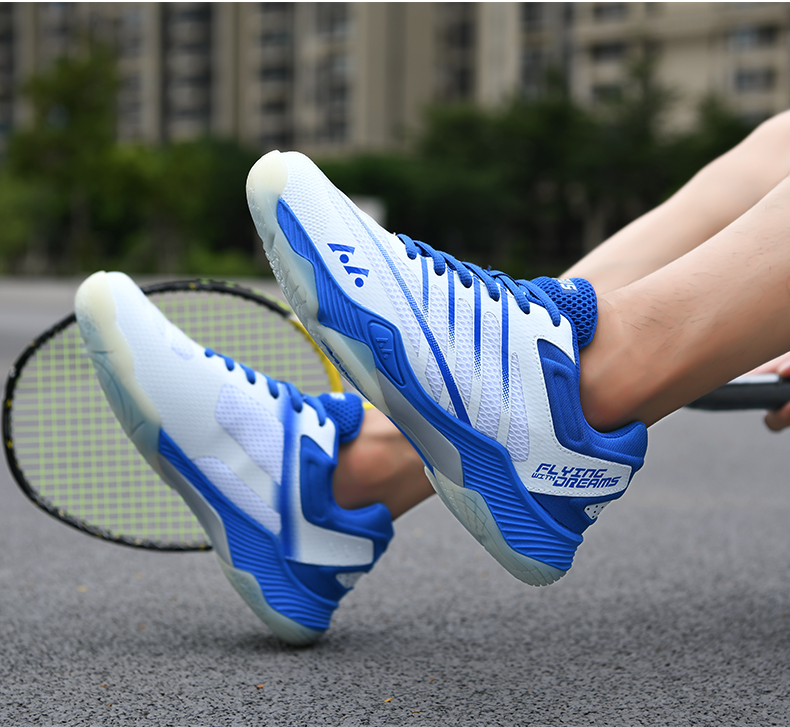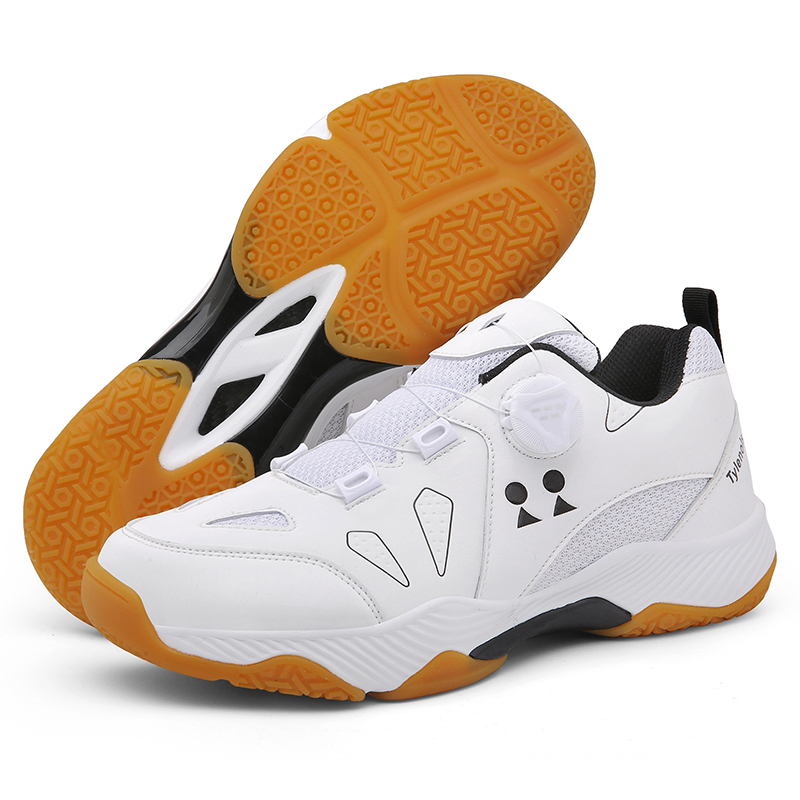
When it comes to playing pickleball, having the right footwear is essential. Pickleball shoes are specifically designed to provide the necessary support, stability, and traction required for the fast-paced movements and quick direction changes on the court. However, you may wonder if running shoes can be used for pickleball. In this article, we will explore whether running shoes are suitable for pickleball and discuss the key differences between running shoes and pickleball shoes.
Running Shoes vs. Pickleball Shoes: The Differences
Before we delve into whether running shoes can be used for pickleball, it’s important to understand the key differences between the two types of footwear. Here are some factors to consider:
Sole Design:
Running shoes and pickleball shoes have different sole designs. Running shoes typically have a thick and cushioned sole, optimized for shock absorption and forward movement. On the other hand, pickleball shoes have a flatter and more stable sole with better lateral support. This design allows for quick lateral movements and stability during side-to-side actions.
Traction:
Pickleball shoes have a specific tread pattern on the outsole that provides excellent traction on the court surface. They are designed to grip the court and allow for quick pivots and changes in direction. Running shoes, on the other hand, are designed for forward motion on various surfaces and may not provide the same level of traction required for pickleball.
Support and Stability:
Pickleball shoes are designed with support and stability in mind. They typically have a supportive upper, a secure fit, and features like reinforced toe caps and lateral support systems to prevent twisting and rolling of the foot during quick lateral movements. Running shoes, while they provide cushioning for comfort, may not offer the same level of support and stability required for the dynamic movements in pickleball.
Weight:
Pickleball shoes are generally lighter in weight compared to running shoes. The lighter weight allows for quicker movements and agility on the court. Running shoes, on the other hand, may be bulkier and heavier due to the extra cushioning and support needed for long-distance running.
Can Running Shoes Be Used for Pickleball?
While running shoes may share some similarities with pickleball shoes in terms of cushioning and comfort, they are not specifically designed for the sport. While it is possible to use running shoes for pickleball, there are some limitations to consider:
- Traction: Running shoes may not provide the same level of traction as pickleball shoes. The tread pattern on the outsole of running shoes is designed for forward motion on various surfaces, whereas pickleball shoes have specific patterns for grip and traction on the court. This difference can affect your ability to make quick lateral movements and could potentially lead to slips or falls on the court.
- Stability: Pickleball shoes are designed to provide stability during quick lateral movements and changes in direction. They often have features like reinforced toe caps and lateral support systems to prevent injuries. Running shoes, while they provide cushioning, may not offer the same level of stability and support required for the dynamic movements in pickleball.
- Durability: Pickleball shoes are designed to withstand the specific demands of the sport. The materials used in their construction are often more durable and resistant to wear and tear from the court surface. Running shoes may not have the same level of durability and may wear out more quickly when used for pickleball.
- Comfort: While running shoes are designed for comfort during long-distance running, they may not provide the same level of comfort and support during quick and explosive movements involved in pickleball. Pickleball shoes are specifically engineered to provide the right amount of cushioning and support for the sport.
Benefits of Using Pickleball Shoes
There are several benefits to using pickleball shoes instead of running shoes:
Enhanced Performance:
Pickleball shoes are designed to optimize performance on the court. The specific sole design, traction pattern, and stability features allow for quick lateral movements, agility, and stability during gameplay.
Injury Prevention:
Pickleball shoes provide the necessary support and stability to minimize the risk of injuries.
Durability:
Pickleball shoes are built to withstand the demands of the sport.
Comfort:
Pickleball shoes are specifically engineered to provide the right amount of cushioning and support for the sport.

